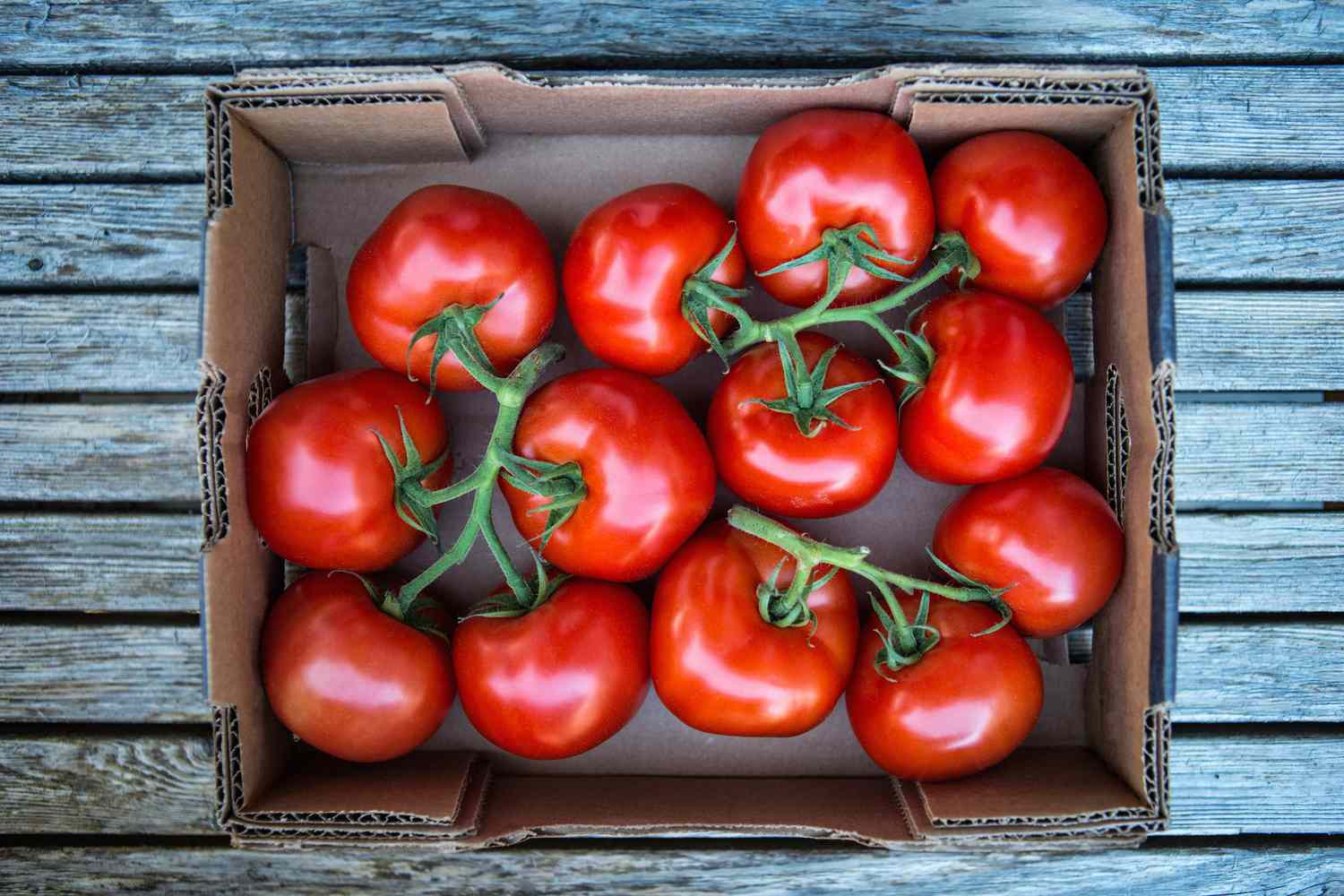

Articles
How To Store Ripe Tomatoes
Modified: December 7, 2023
Learn the best techniques for storing ripe tomatoes with these helpful articles. Keep your tomatoes fresh and flavorful for longer with these expert tips.
(Many of the links in this article redirect to a specific reviewed product. Your purchase of these products through affiliate links helps to generate commission for Storables.com, at no extra cost. Learn more)
Introduction
Tomatoes are a versatile and delicious fruit that add flavor and vibrancy to a wide range of dishes. Whether you have freshly harvested tomatoes from your garden or bought them from a local farmers’ market, knowing how to store ripe tomatoes properly is essential for prolonging their shelf life and maintaining their flavor.
When it comes to storing ripe tomatoes, it’s important to understand the factors that affect their ripeness, the proper harvesting techniques, and the best practices for storage. By following these guidelines, you can ensure that your tomatoes stay fresh and delicious for as long as possible.
In this article, we’ll explore the various factors that affect tomato ripeness, the proper harvesting methods, and the optimal storage conditions. We’ll also discuss packaging options, best practices for storing ripe tomatoes, common mistakes to avoid, and how to check for spoilage or rot. Additionally, we’ll provide tips on using stored tomatoes in recipes to make the most out of your preserved harvest.
Whether you’re a seasoned gardener or a tomato enthusiast, this article will equip you with the knowledge and techniques to store ripe tomatoes effectively. Let’s dive in and discover the secrets to keeping your tomatoes fresh and delicious!
Key Takeaways:
- Properly storing ripe tomatoes involves understanding ripeness factors, harvesting at the right time, preparing them carefully, choosing optimal storage locations, and avoiding common mistakes. Following these steps ensures extended freshness and flavor.
- Utilizing stored tomatoes in various recipes, such as sauces, soups, roasted dishes, preserves, and pasta, allows for reduced food waste and prolonged enjoyment of their deliciousness. Get creative and savor the flavors of preserved tomatoes!
Read more: How To Store Ripe Figs
Factors Affecting Tomato Ripeness
Several factors contribute to the ripeness of tomatoes. Understanding these factors can help you determine when to harvest your tomatoes and how to best store them.
1. Maturity Stage: Tomatoes reach their optimal ripeness when they have reached their full maturity stage. Different tomato varieties have varying maturity stages, so it’s crucial to know the specific characteristics of the variety you are growing or purchasing.
2. Color: The color of a tomato is a reliable indicator of its ripeness. Most tomatoes start green and gradually change color as they ripen. However, the final color may differ based on the tomato variety. For example, while red is the typical color for fully ripe tomatoes, some varieties may have a yellow, orange, or even purple hue when ripe.
3. Firmness: The firmness of a tomato can also indicate its ripeness. Ripe tomatoes should be slightly soft and yield to gentle pressure. They should not be overly firm or mushy.
4. Aroma: Ripe tomatoes emit a distinct sweet, earthy aroma. If a tomato has a strong and pleasant smell, it is likely ripe and ready to be harvested.
5. Taste: The taste of a tomato is perhaps the most crucial factor in determining its ripeness. Ripe tomatoes should have a rich, sweet, and well-balanced flavor. If a tomato is still bland or lacks the desired sweetness, it may need more time to ripen.
6. Environmental Factors: Environmental conditions such as temperature, humidity, and sunlight exposure can impact the ripening process. Warmer temperatures tend to accelerate ripening, while cooler temperatures slow it down. Additionally, excessive humidity can lead to mold or rot, while direct sunlight can cause uneven ripening or sunscald.
By considering these factors, you can have a better understanding of when your tomatoes are at their peak ripeness and ready for harvest. Properly identifying ripe tomatoes will ensure that you store them at the right time for maximum flavor and longevity.
Proper Harvesting of Tomatoes
Harvesting tomatoes at the right time is crucial for preserving their flavor and quality. Here are some tips for properly harvesting tomatoes:
1. Timing: Tomatoes should be harvested when they are fully ripe or just before they reach their full ripeness. This is when they are at their peak flavor and sweetness. Avoid picking them too early or leaving them on the vine for too long, as this can affect their taste and texture.
2. Visual Cues: Look for visual indicators that the tomatoes are ready for harvest. Depending on the variety, ripe tomatoes typically have a vibrant color—red, yellow, orange, or any other hue specific to the variety. The skin should be smooth and without any blemishes or cracks.
3. Gentle Twist: To harvest a tomato, gently hold the fruit in one hand and use your other hand to cup the stem just above the fruit. Give it a gentle twist or tilting motion to detach the tomato from the vine. Avoid pulling or yanking, as this can damage the plant and the fruit.
4. Pruning Shears: If the tomato is not easily detachable with a gentle twist, you can use clean pruning shears or a sharp knife to snip the stem just above the fruit. Make sure to sanitize the cutting tool with rubbing alcohol or a bleach solution before each use to prevent the spread of diseases.
5. Harvest in the Morning: Ideally, harvest tomatoes in the morning when the temperatures are cooler. This helps to preserve their flavor and prevent wilting. Avoid harvesting in the heat of the day when the sun is intense, as this can cause the fruits to become too warm and prone to damage.
6. Handle with Care: Handle the harvested tomatoes with care to prevent bruising or squashing. Place them gently in a harvest basket or container, making sure there is enough space between each tomato to avoid unnecessary pressure. Avoid piling them too high, as the weight can crush the fruits at the bottom.
Properly harvesting tomatoes ensures that you obtain the ripest and highest-quality fruits. This will result in a more delightful eating experience and better storage outcomes as you prepare them for future use.
Preparing Tomatoes for Storage
Before storing tomatoes, it’s essential to properly prepare them to ensure they remain fresh and flavorful. Follow these steps to prepare your tomatoes for storage:
1. Cleanliness: Start by washing your hands and ensuring that the surfaces and tools you’ll be using are clean. This helps prevent the introduction of any bacteria or pathogens that could accelerate spoilage.
2. Sorting: Sort through your harvested tomatoes and separate any damaged or overripe ones from the healthy ones. Remove tomatoes with bruises, soft spots, or signs of rot, as they can quickly spoil the whole batch. Use the damaged tomatoes immediately or discard them.
3. Gently Wipe: If your tomatoes have any dirt or debris on the surface (such as garden soil), use a clean, damp cloth or paper towel to gently wipe them. Avoid excessive rubbing, as this can damage the delicate skin of the tomatoes.
4. Stem Removal: It’s generally recommended to remove the stems of tomatoes before storage. You can either twist off the stems by hand or use a small knife or pruning shears to cut them off. This helps prevent moisture and bacteria from entering through the stem area.
5. Drying: Allow the tomatoes to air dry completely after washing and stem removal. Place them on a kitchen towel or a clean, dry surface and let them sit for a few hours or until they are completely dry. This step helps prevent excess moisture, which can lead to rot or mold during storage.
6. Avoid Refrigeration (If Possible): Unless your tomatoes are fully ripe and you plan to use them within a day or two, it’s generally best to avoid refrigeration. Cold temperatures can negatively affect the flavor and texture of tomatoes, making them mealy and dull. Instead, try to store them at room temperature.
By following these preparation steps, you can ensure that your tomatoes are clean, free from any visible damage, and ready for optimal storage conditions. Taking the time to prepare your tomatoes properly before storage will help to extend their shelf life and preserve their delicious taste.
Choosing the Best Storage Location for Tomatoes
Choosing the right storage location for your tomatoes is crucial in ensuring their longevity and maintaining their quality. Here are some tips to help you select the best storage location:
1. Cool and Dry Environment: Tomatoes are best stored in a cool and dry environment with a moderate temperature. Aim for a temperature range between 55°F and 70°F (13°C and 21°C) for optimal storage. Avoid storing them in areas that are too hot or too cold, as extreme temperatures can affect their texture and flavor.
2. Natural Light: Tomatoes should be stored away from direct sunlight. Exposure to sunlight can speed up the ripening process and cause the tomatoes to spoil quickly. Choose a location that is away from windows or any other sources of direct light.
3. Adequate Ventilation: Ensure that the storage location provides proper ventilation. Good airflow helps to prevent the build-up of excess moisture, which can lead to mold growth and spoilage. Avoid storing tomatoes in airtight containers or plastic bags, as these can trap moisture and accelerate rotting.
4. Non-Ethylene Producing Items: Do not store tomatoes in close proximity to fruits or vegetables that produce high amounts of ethylene gas. Ethylene gas is a ripening agent that can cause tomatoes to spoil faster. Keep tomatoes away from bananas, apples, avocados, and other ethylene-emitting produce.
5. Separate from Other Foods: Tomatoes have a unique odor that can affect the flavor of other foods stored nearby. It’s best to store tomatoes separately or in a designated area to prevent the transfer of flavors and odors.
6. Shelving or Countertop: Depending on the quantity of tomatoes you are storing, you can choose a suitable storage option. Use a clean, dry countertop or a well-ventilated shelf to store a small number of tomatoes. For larger quantities, consider using shallow baskets, cardboard boxes, or mesh bags that allow air circulation.
By selecting the right storage location for your tomatoes, you can help them stay fresh and flavorful for a longer period. Remember to check the storage area regularly for any signs of spoilage and remove any affected tomatoes promptly to prevent the spread of rot to the rest of the batch.
Read more: How To Store Ripe Avocados
Packaging Options for Storing Tomatoes
The way you package and store your tomatoes can significantly impact their shelf life and quality. Here are some packaging options to consider when storing tomatoes:
1. Wrapping with Paper: Individual tomatoes can be wrapped in paper to provide a protective layer and prevent contact between them. Use plain white or brown paper, such as parchment paper or tissue paper, to wrap each tomato separately. This method can help reduce moisture buildup and prevent the spread of any decay or rot.
2. Mesh Bags: Mesh bags are an excellent option for storing larger quantities of tomatoes. The breathable nature of the mesh allows air circulation, minimizing the risk of mold or excessive moisture. Place the tomatoes in the mesh bag, ensuring they are not overcrowded, and hang the bag in a cool and well-ventilated area.
3. Cardboard Boxes: Storing tomatoes in cardboard boxes is a cost-effective and practical option. Choose sturdy boxes that provide adequate ventilation, and line them with clean paper or straw to cushion the tomatoes and absorb any excess moisture. Arrange the tomatoes in a single layer, making sure there is enough space between them to allow air circulation.
4. Plastic Containers: If using plastic containers, ensure they have proper ventilation holes or slots. This allows air to flow and helps prevent moisture buildup. Line the bottom of the container with a layer of paper towel or a clean cloth to absorb excess moisture. Place the tomatoes in a single layer, avoiding overcrowding.
5. Mason Jars: For smaller cherry or grape tomatoes, mason jars can be a suitable storage option. Rinse and dry the tomatoes thoroughly before placing them in the jars. Fill the jars about three-quarters full, leaving some headspace, and seal tightly. Store the jars in a cool and dark place.
6. Freezing: If you have an abundance of tomatoes and want to preserve them for an extended period, you can freeze them. Wash the tomatoes, remove the stems, and blanch them in boiling water for a few seconds. Transfer them to an ice bath to cool quickly, then drain and place them in freezer-safe bags or containers. Store them in the freezer for later use in cooked dishes, sauces, or soups.
Remember to label the packaging with the date of storage to help keep track of their freshness. Additionally, regularly check on the stored tomatoes and promptly remove any spoiled ones to prevent the spread of rot to the rest of the batch.
Store ripe tomatoes at room temperature, away from direct sunlight. Place them stem side down to prevent moisture loss and keep them fresher for longer. Avoid storing them in the refrigerator, as this can affect their flavor and texture.
Best Practices for Storing Ripe Tomatoes
To ensure that your ripe tomatoes stay fresh, juicy, and delicious for an extended period, here are some best practices to follow when storing them:
1. Use the Right Stage of Ripeness: Store tomatoes when they are fully ripe or just slightly underripe. Overripe tomatoes are more prone to spoilage, while underripe ones may not develop their full flavor. Aim for that sweet spot when the tomatoes are at their peak ripeness.
2. Do Not Refrigerate (Unless Necessary): Refrigeration can affect the flavor and texture of tomatoes, making them mealy and dull. Ideally, store tomatoes at room temperature. However, if your tomatoes are fully ripe and you need to extend their shelf life by a few days, you can place them in the refrigerator. Just remember to bring them back to room temperature before using to enhance their flavor.
3. Assess and Sort Regularly: Regularly assess your stored tomatoes to identify any signs of spoilage or rot. Sort through them and remove any damaged or overripe tomatoes to prevent them from affecting the others. This practice helps to maintain the overall quality of the batch.
4. Keep Tomatoes Intact: Avoid cutting or slicing tomatoes before storing them. Any exposed flesh or juice will spoil quickly. It’s best to keep tomatoes whole until you are ready to use them. This helps them retain their moisture and flavor for a longer period.
5. Optimal Air Circulation: Proper air circulation is crucial for reducing moisture and preventing the growth of mold. Avoid tightly packing tomatoes together, as this can increase humidity levels and accelerate spoilage. Allow space between each tomato to promote adequate airflow.
6. Check for Moisture and Mold: Regularly inspect your stored tomatoes for any signs of moisture buildup or mold. If you notice any soft spots, mold growth, or an unpleasant odor, it’s essential to remove the affected tomatoes immediately to prevent the spread of spoilage.
7. Use First-In, First-Out (FIFO) Method: If you have multiple batches of tomatoes at different stages of ripeness, follow the first-in, first-out (FIFO) method. Use the oldest tomatoes first to ensure that none of them go to waste. This way, you can enjoy the flavor and freshness of each batch before they start to deteriorate.
8. Avoid Storing Near Ethylene Producers: Ethylene gas can speed up the ripening process of tomatoes and cause them to spoil faster. Keep your stored tomatoes away from ethylene-producing fruits like bananas, apples, and avocados to maintain their freshness for longer.
By following these best practices, you can maximize the shelf life of your ripe tomatoes and enjoy their incredible flavor and juiciness even days after harvesting or purchasing them.
Common Mistakes to Avoid When Storing Tomatoes
While it’s important to know the best practices for storing ripe tomatoes, it’s equally crucial to be aware of common mistakes that can lead to spoilage or a decrease in quality. Here are some common mistakes to avoid when storing tomatoes:
1. Storing Overripe or Damaged Tomatoes: Avoid storing tomatoes that are already overripe, bruised, or damaged. These tomatoes are more prone to spoilage and can quickly spread mold to other tomatoes in the batch. It’s best to use them immediately or discard them to maintain the freshness of the remaining tomatoes.
2. Improper Temperature: Tomatoes are sensitive to extreme temperatures. Storing them in an environment that is too hot or too cold can cause unwanted texture changes and affect their flavor. Maintain a moderate temperature range between 55°F and 70°F (13°C and 21°C) for optimal storage conditions.
3. Exposing Tomatoes to Direct Sunlight: Direct sunlight can accelerate the ripening process and cause tomatoes to spoil more quickly. Avoid storing tomatoes in areas with direct sunlight, such as on windowsills or countertops near sun-facing windows. Instead, choose a cool and shaded storage location.
4. Storing Tomatoes in Airtight Containers: Tomatoes require proper air circulation to prevent moisture buildup and the growth of mold. Storing them in airtight containers or sealing them in plastic bags can trap moisture and accelerate spoilage. Opt for breathable storage options like mesh bags, cardboard boxes, or well-ventilated containers instead.
5. Failing to Regularly Inspect and Sort: Neglecting to regularly inspect your stored tomatoes can lead to the spread of rot or spoilage. Regularly check for any signs of soft spots, mold growth, or an off-putting odor. Sort through the tomatoes and remove any damaged or overripe ones to preserve the quality of the remaining batch.
6. Storing Tomatoes with Other Ethylene-Producing Fruits: Ethylene gas can accelerate the ripening process of fruits. Storing tomatoes in close proximity to ethylene-producing fruits like bananas, apples, or avocados can cause them to ripen more quickly and spoil faster. Keep tomatoes separate from other produce to prevent premature or uneven ripening.
7. Using the Wrong Stage of Ripeness: Storing tomatoes that are excessively green or underripe can result in a lack of flavor development and a subpar eating experience. It’s best to store tomatoes when they are fully ripe or slightly underripe to maintain their optimal flavor and texture.
8. Not Using the First-In, First-Out (FIFO) Method: If you have several batches of tomatoes at different stages of ripeness, failing to follow the first-in, first-out (FIFO) method can lead to waste. Always use the oldest tomatoes first to ensure they are enjoyed at their peak freshness before moving on to newer batches.
By avoiding these common mistakes, you can prolong the shelf life of your tomatoes and ensure that they stay fresh, flavorful, and ready for your culinary adventures.
Checking for Spoilage or Rot in Tomatoes
Regularly checking your stored tomatoes for any signs of spoilage or rot is crucial to maintaining the quality of the batch. Here are key indicators to look for when checking for spoilage or rot:
1. Soft Spots: Gently press each tomato to check for any soft spots. If you notice an area that is significantly softer than the rest of the tomato or feels mushy, it is likely a sign of spoilage. Soft spots indicate that the tomato is beginning to decay and should be removed promptly.
2. Mold: Inspect the surface of each tomato for any signs of mold growth. Mold often appears as fuzzy patches, usually green or whitish in color. If you spot mold on a tomato, it is essential to remove the affected tomato and any nearby tomatoes to prevent the mold from spreading.
3. Off-Putting Odor: Take a moment to smell each tomato. Ripe tomatoes have a pleasant and slightly sweet aroma. If you detect a foul or unpleasant odor, it may be an indication of spoilage or bacterial growth. Discard any tomatoes with an off-putting smell.
4. Discoloration: Look for any unusual discoloration on the tomato’s skin. While some discoloration may be natural, such as variations in color between different varieties, dark spots or areas that appear slimy can indicate decay or bacterial growth.
5. Excessive Wrinkling or Shrinking: Ripe tomatoes naturally develop some wrinkles as they age, but excessive wrinkling or shrinking is a sign of dehydration. This can result in a loss of flavor and texture. If a tomato appears significantly shriveled, it is best to use it immediately rather than storing it further.
6. Leakage or Excessive Moisture: Check for any signs of leakage or excess moisture around the tomatoes. A tomato that is overly moist or has liquid oozing from it may be a breeding ground for bacteria or fungi. Ensure that the surrounding tomatoes are dry and unaffected.
When checking for spoilage or rot, it’s important to be thorough and diligent. Even one affected tomato can quickly spread decay to the rest of the batch. By regularly inspecting and removing any spoiled tomatoes, you can prolong the freshness of the remaining tomatoes and prevent further spoilage.
Read more: How To Store Ripe Mangoes
Using Stored Tomatoes in Recipes
Stored tomatoes can be a delightful addition to a variety of recipes, even long after their original ripeness. Here are some creative ways to use stored tomatoes in your culinary endeavors:
1. Sauces and Salsas: Tomatoes are a staple ingredient in many sauces and salsas. Use stored tomatoes to make a flavorful tomato sauce for pasta, pizza, or lasagna. Blend them into a tangy salsa with onions, cilantro, and jalapenos for a zesty dip or topping.
2. Soups and Stews: Tomatoes add richness and depth of flavor to soups and stews. Use them as a base for a hearty tomato soup or blend them with other vegetables for a nutritious and comforting stew. Tomato-based soups like gazpacho can also be a refreshing option in warmer months.
3. Roasted Tomatoes: Roasting tomatoes brings out their natural sweetness and intensifies their flavor. Simply slice the tomatoes, drizzle them with olive oil, sprinkle some herbs and seasoning, and roast them in the oven until they are slightly caramelized. Enjoy them as a side dish, toss them with pasta, or use them to top bruschetta or crostini.
4. Preserves and Jams: Transform stored tomatoes into delicious preserves or jams. Cook them down with sugar and spices to create a sweet and tangy tomato jam, perfect for spreading on toast or using as a condiment for cheese platters. You can also make tomato chutney or relish to accompany meats or sandwiches.
5. Dried Tomatoes: Dehydrating tomatoes is an excellent way to preserve their flavor and concentrate their sweetness. Thinly slice the tomatoes, lightly salt them, and dry them in a low-temperature oven or a food dehydrator. Use the dried tomatoes in salads, pasta dishes, or as a flavorful topping for pizzas and sandwiches.
6. Tomato-Based Pastas: Put your stored tomatoes to use in pasta dishes. Create a classic marinara sauce by sautéing onions and garlic, then adding your chopped tomatoes and simmering until the flavors meld. Toss the sauce with your favorite pasta shape, add some fresh herbs, and sprinkle with Parmesan cheese.
There are countless other ways to incorporate stored tomatoes into your cooking. Experiment with different recipes and let your creativity shine. Remember, the flavors of stored tomatoes may be slightly different from fresh ones, but they can still bring a delightful taste to your dishes.
Utilizing stored tomatoes in your cooking not only helps reduce food waste but also allows you to enjoy their deliciousness even beyond their ripest stage. So explore new culinary horizons and savor the flavors of your preserved tomatoes in various delectable recipes.
Conclusion
Storing ripe tomatoes properly is vital to prolonging their shelf life and maintaining their delicious flavor. By understanding the factors that affect tomato ripeness, following proper harvesting techniques, and implementing best storage practices, you can ensure that your tomatoes stay fresh and flavorful for an extended period.
Factors such as maturity stage, color, firmness, aroma, and taste all play a role in determining the ripeness of tomatoes. Harvesting them at the right time and handling them with care are crucial steps in preserving their quality. Preparing tomatoes for storage by sorting, cleaning, and drying them ensures that they are ready to be stored in optimal conditions.
Choosing the best storage location for tomatoes, such as a cool and dry environment with proper ventilation, helps prevent spoilage and extend their shelf life. Packaging options like paper wrapping, mesh bags, cardboard boxes, or plastic containers can all provide suitable storage solutions.
Following best practices, such as avoiding refrigeration (unless necessary), regularly inspecting and sorting tomatoes, and using the first-in, first-out (FIFO) method, ensures that tomatoes remain fresh and flavorful. Additionally, being aware of common mistakes to avoid, such as storing damaged tomatoes or improper temperature control, helps maintain the quality of the stored tomatoes.
Regularly checking for spoilage or rot by inspecting for soft spots, mold, discoloration, excessive wrinkling, leaking, or off-putting odors is essential. Promptly removing any affected tomatoes helps prevent further spoilage and ensures the freshness of the remaining batch.
Even with stored tomatoes, there are numerous ways to enjoy their flavor in recipes. From sauces, soups, and roasted dishes to preserves, dried tomatoes, and tomato-based pastas, the culinary possibilities are endless.
In conclusion, proper storage techniques and careful attention to the condition of stored tomatoes can significantly extend their shelf life and maintain their delicious taste. By following the guidelines provided in this article, you can make the most out of your ripe tomatoes, reducing waste and enjoying their vibrant flavor in your favorite dishes for an extended period.
Frequently Asked Questions about How To Store Ripe Tomatoes
Was this page helpful?
At Storables.com, we guarantee accurate and reliable information. Our content, validated by Expert Board Contributors, is crafted following stringent Editorial Policies. We're committed to providing you with well-researched, expert-backed insights for all your informational needs.
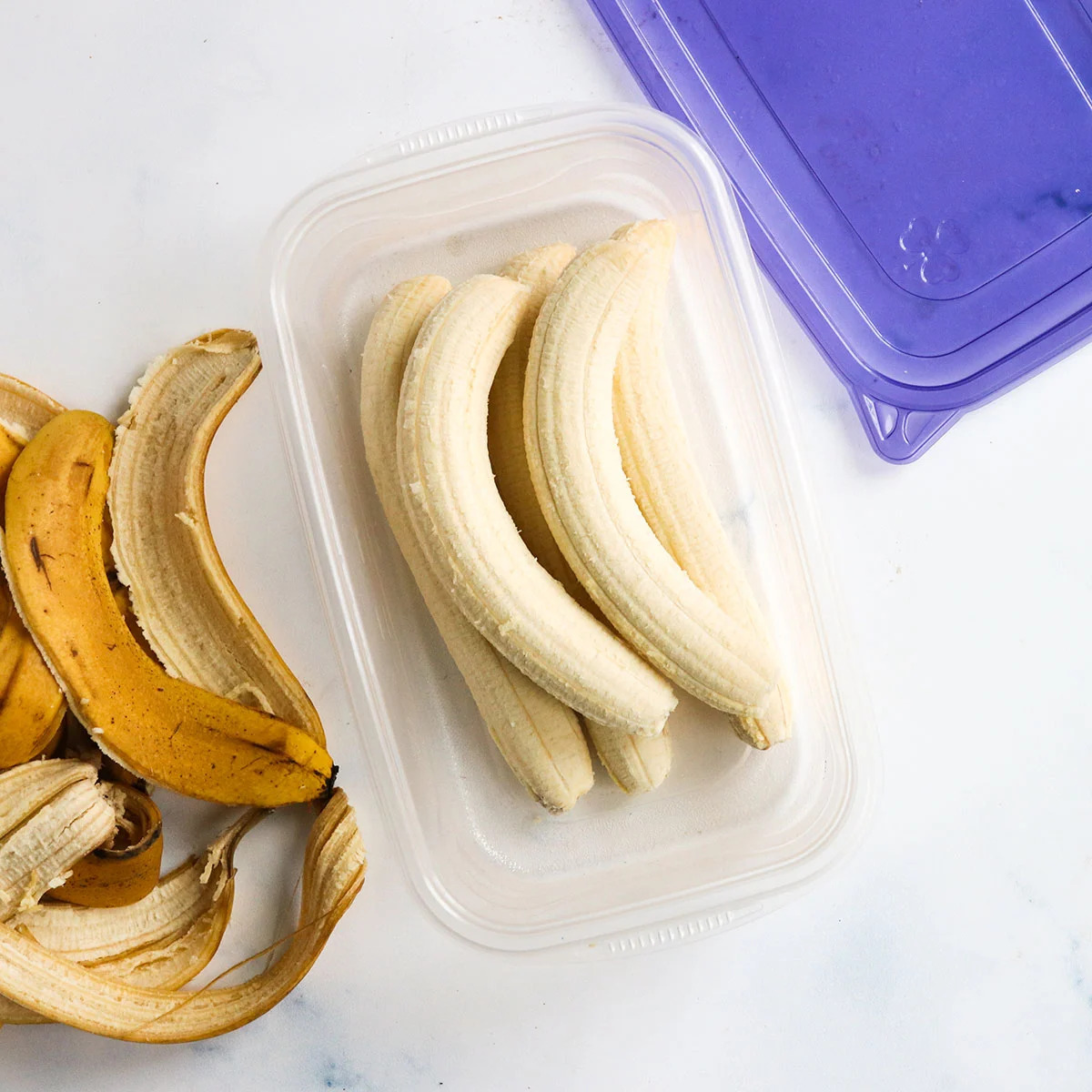
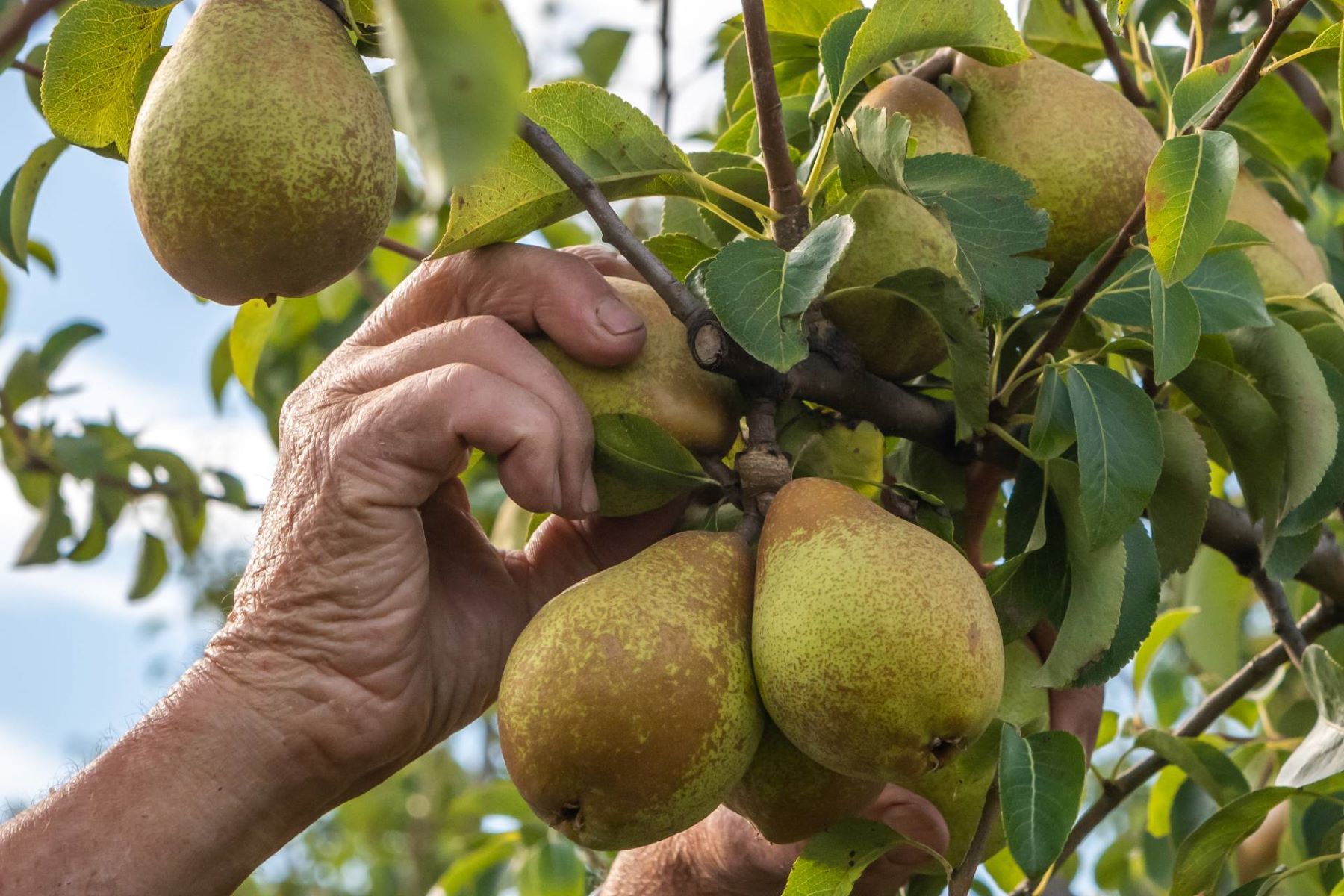
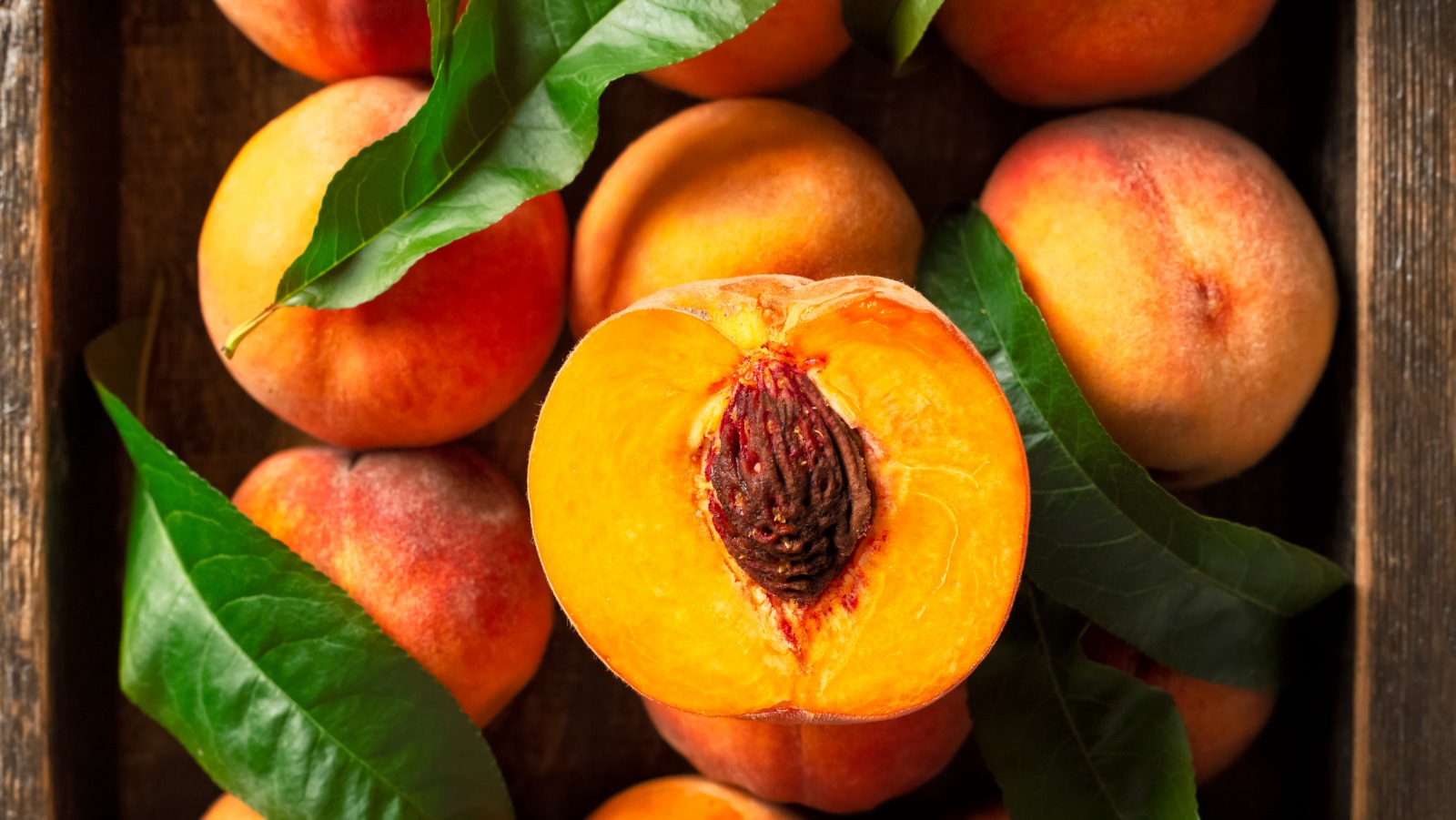

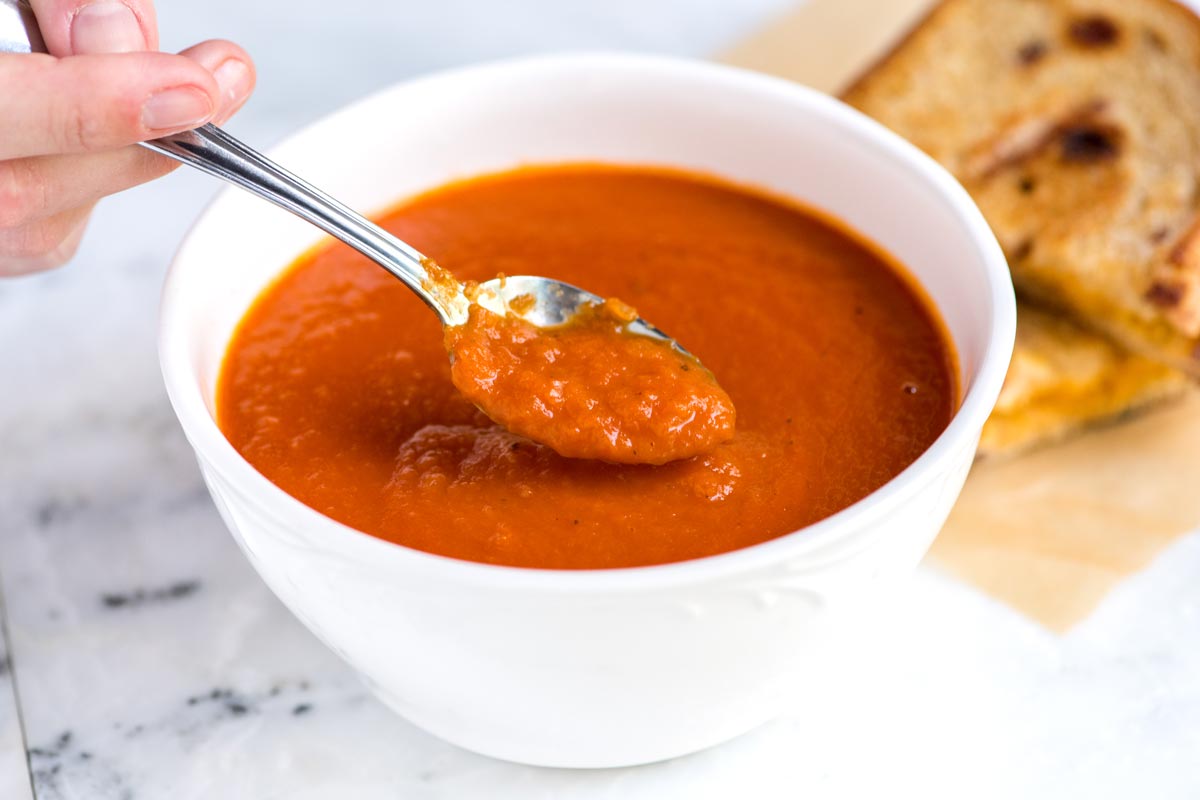
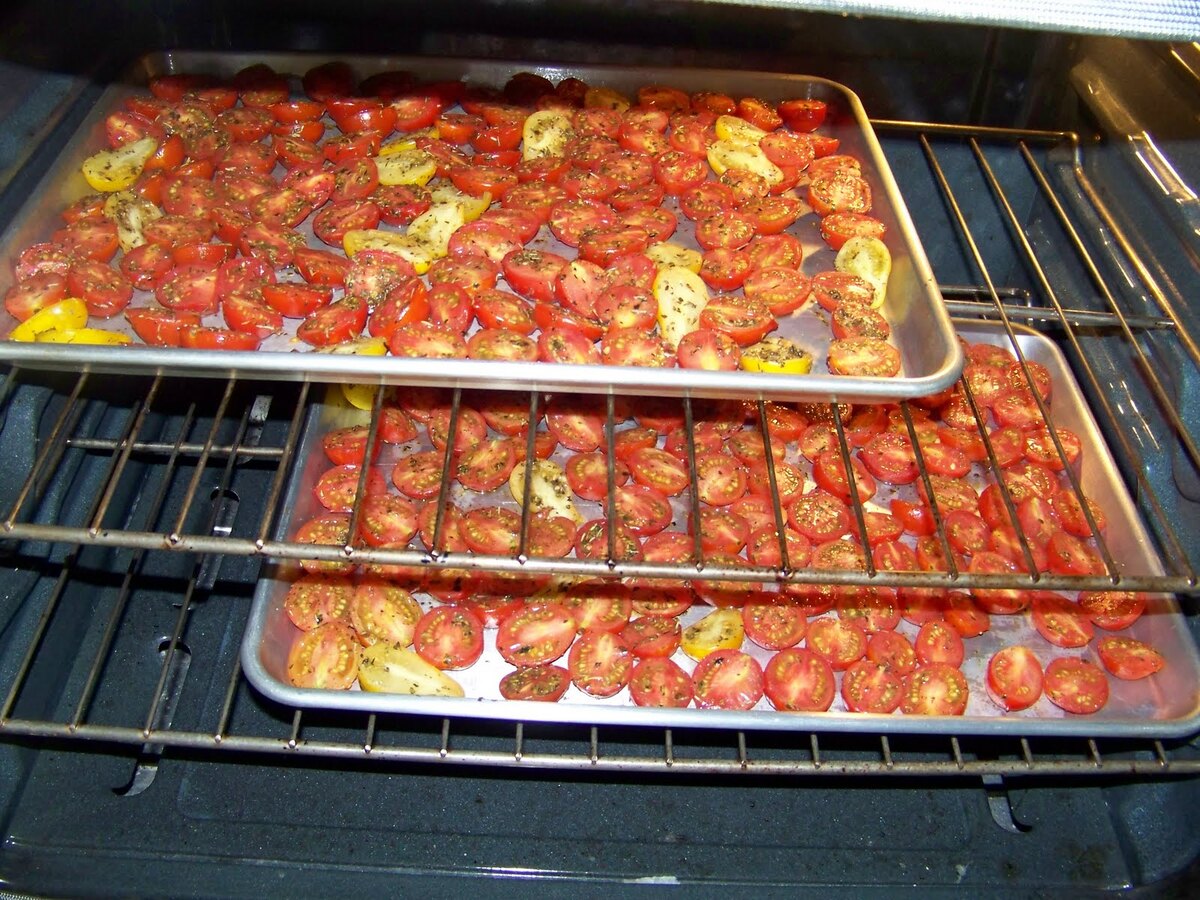
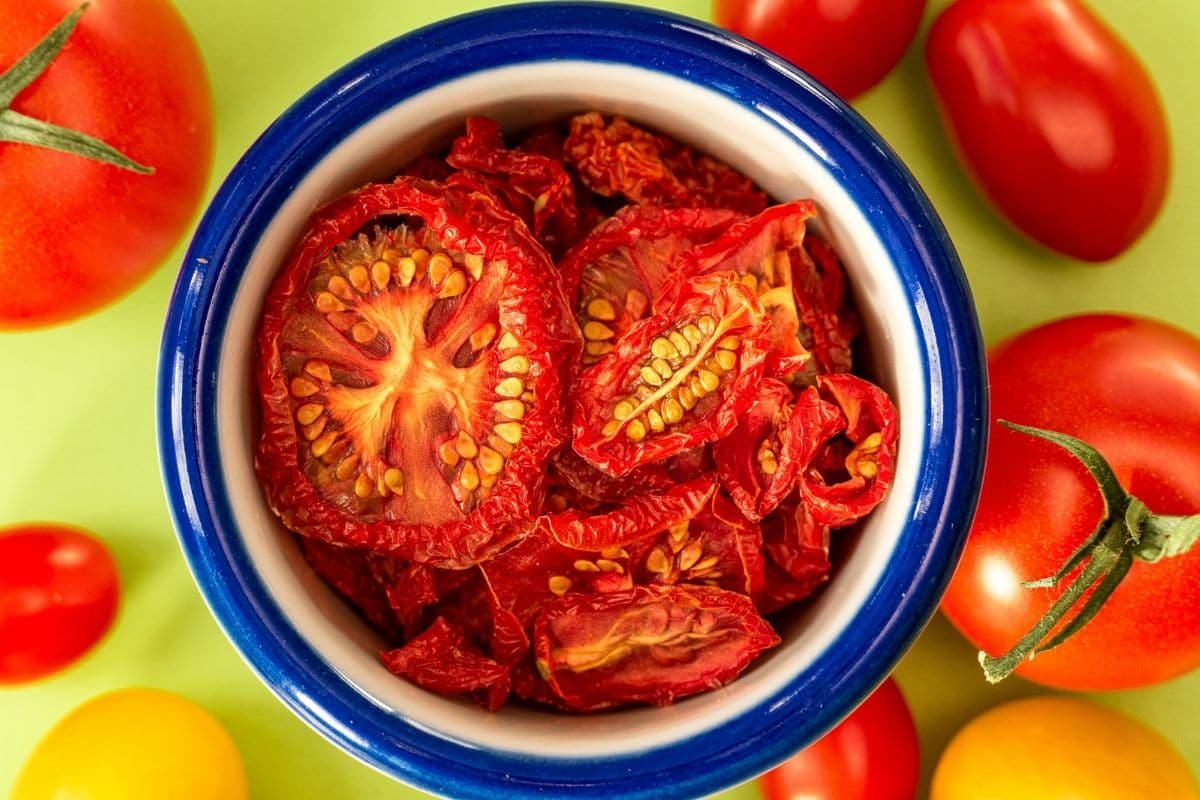
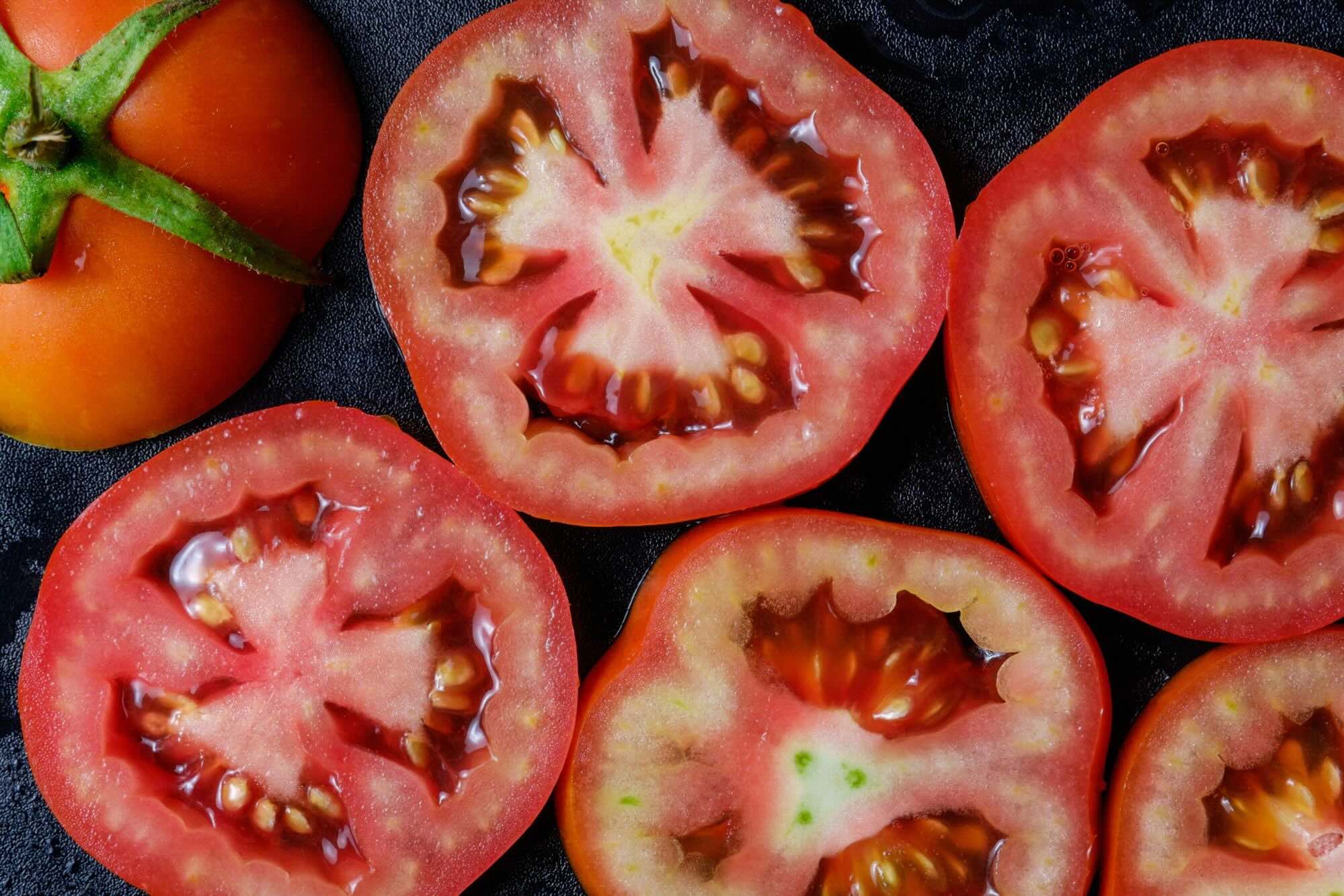
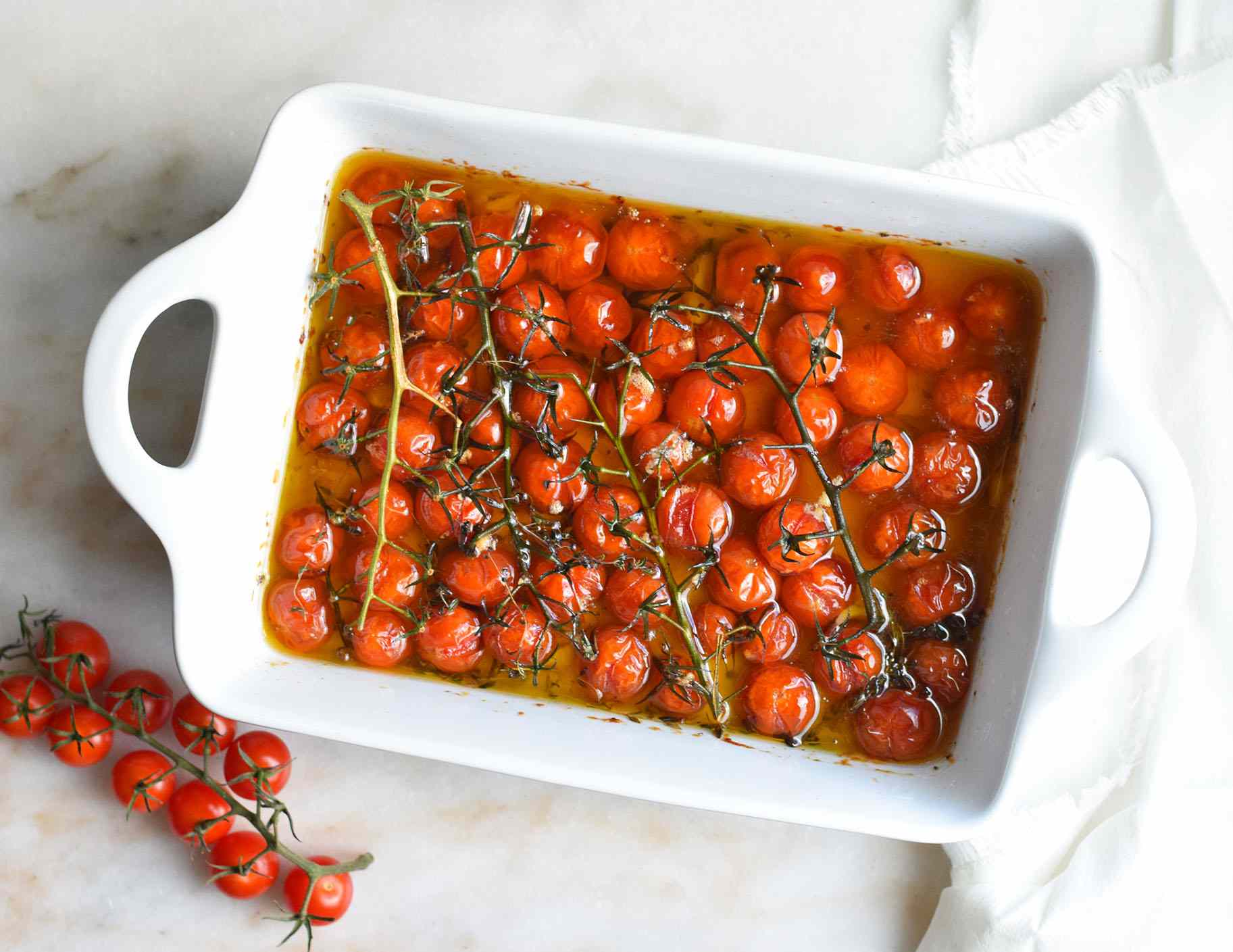
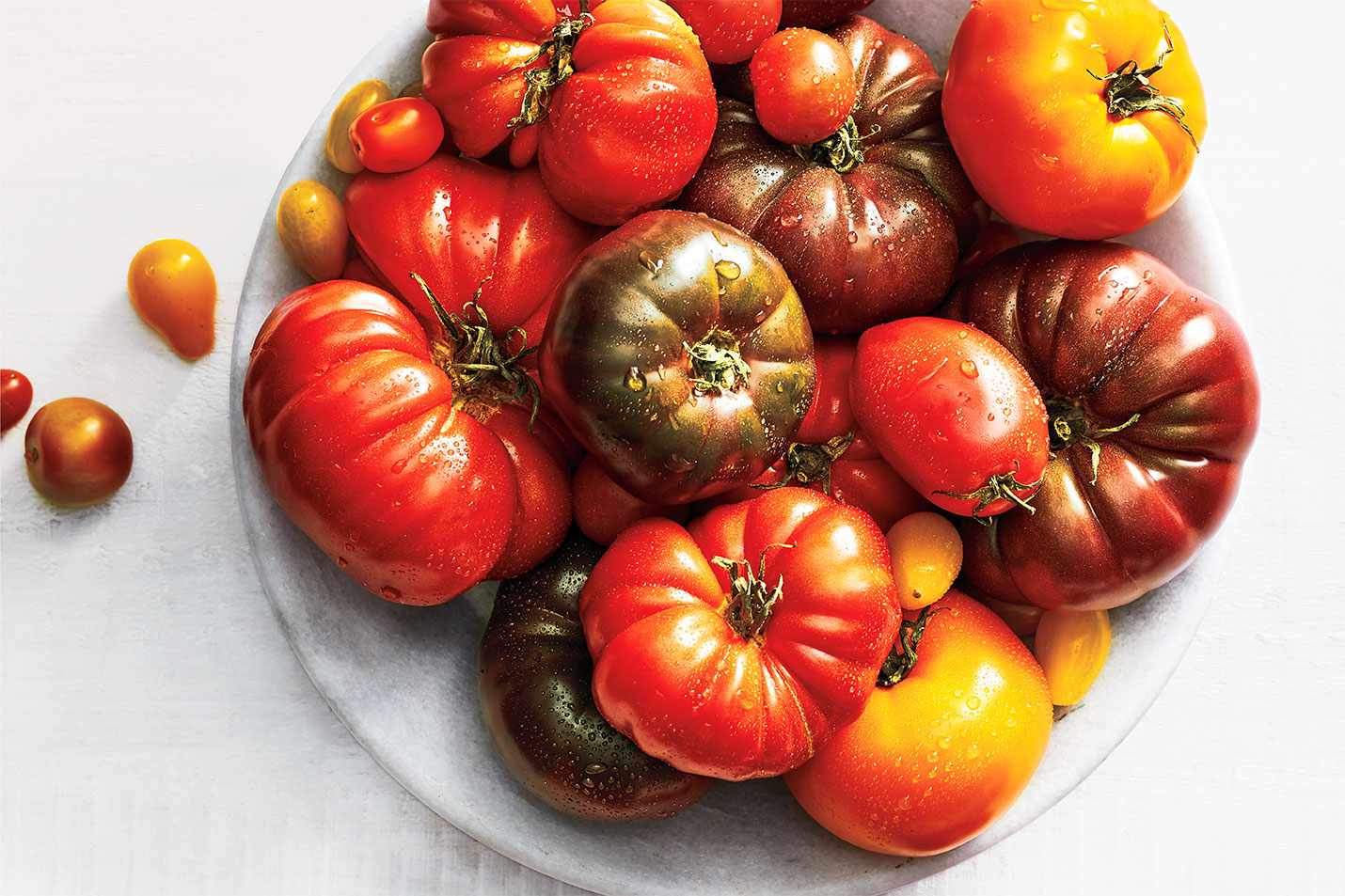
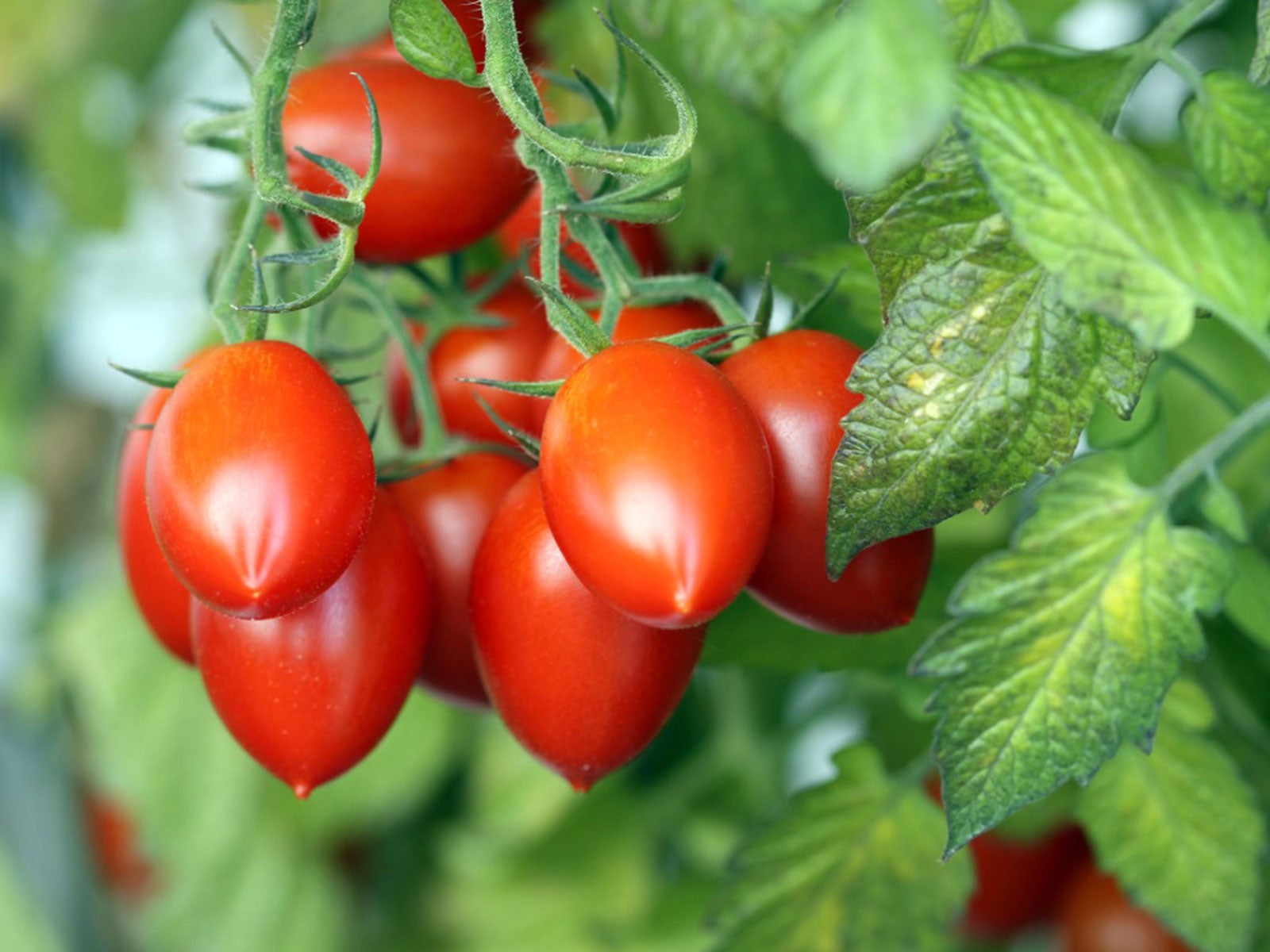
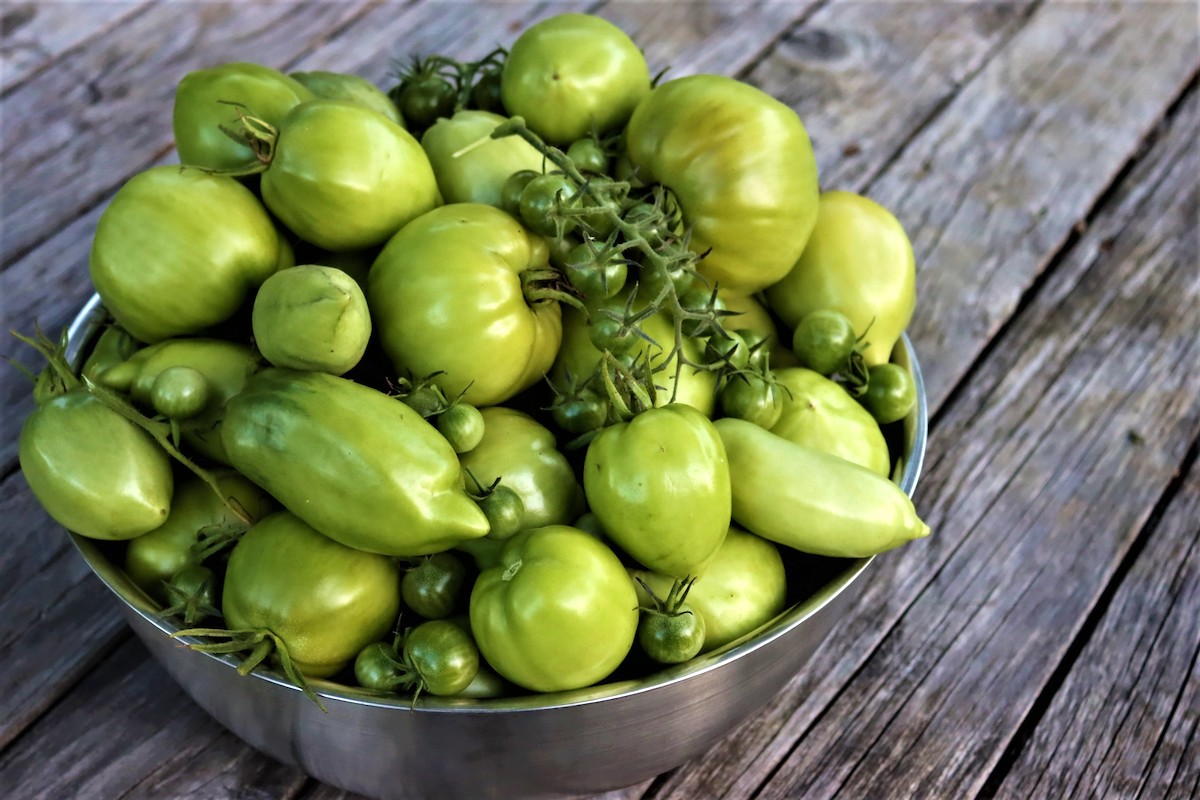
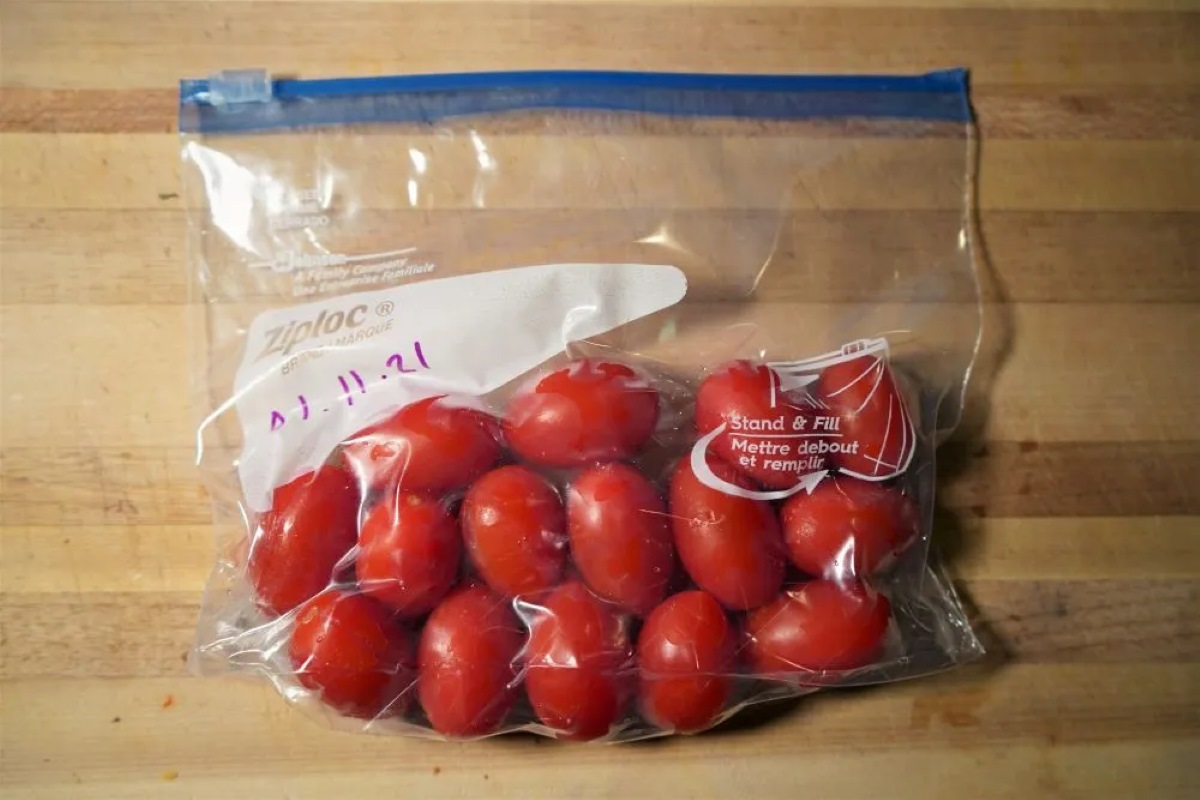

0 thoughts on “How To Store Ripe Tomatoes”